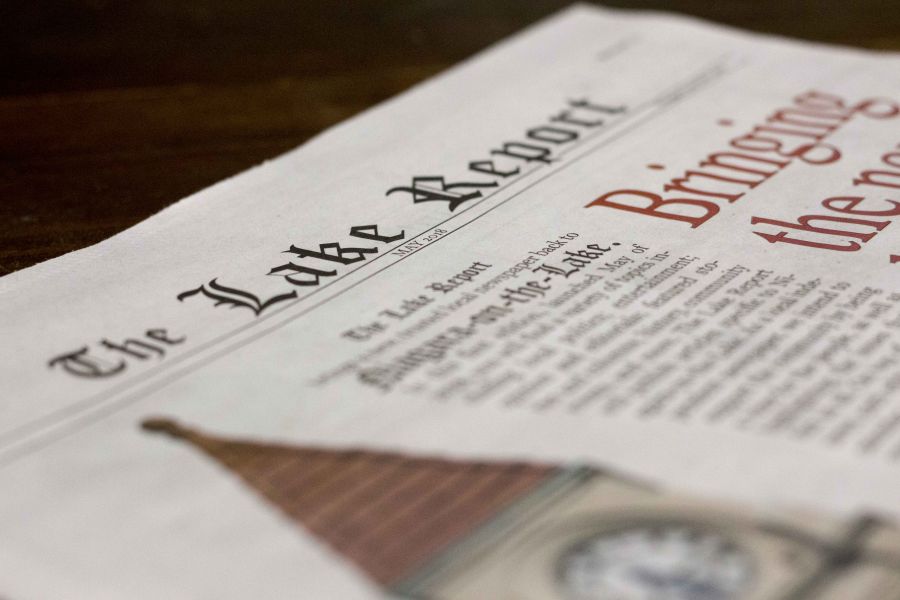We all make mistakes.
When you’re in a position that is in the public realm — say, a town politician or even a community newspaper entrepreneur — the decisions you make often are subject to intense scrutiny by people who care.
So, it was interesting from the outside looking in to watch the U-turn made by Niagara-on-the-Lake council this past week in reversing a stance it took barely a month ago.
Council revoked its offer of right-of-way access for the Rand Estate development that would have permitted a roadway over part of the Upper Canada Heritage Trail along Charlotte Street.
Visiting the location, it is difficult to see how the town or Solmar Development Corp. could have shoehorned a two-lane roadway into that location.
The trail and the stone wall of the estate intersect at that point, but it is a narrow, angular, odd conjunction.
Perhaps planners and architects could have come up with an inoffensive option.
But council, wisely, revisited the situation and last Friday, after a nearly three-hour private session, voted to withdraw its offer to Solmar.
Given the hue and cry from the community, that is the right decision and we give credit to our councillors for having the courage to reverse course.
They weren’t trying to bring more controversy to the already controversial Rand Estate project. In fact, some councillors said they saw the right-of-way access as the least disruptive option and least harmful in terms of heritage attributes.
There remain a lot of questions about how council and we as a community got to this point.
With that in mind, late last week, we sent the lord mayor and all councillors a list of questions we hoped they would answer.
Unfortunately, none of them responded. That’s their prerogative. They answer to you, not to us.
And in a statement Wednesday afternoon, the town said due to the impending tribunal hearing over Rand, it cannot release full details.
That said, we feel councillors could answer at least some questions without violating any protocols. In fact, the town statement touches on a few of the issues we asked about.
Our questions were:
- On the face of it, the subject of an easement on the heritage trail in itself does not seem an issue that would merit a closed session, especially with no public debate by council. How did the creation of an easement on the trail come about?
- Why was there no public discussion after the closed session? Should there have been, in your opinion?
- Did you support the idea of not debating any of the issue in public? Why?
- Why was the easement offered before Solmar (almost a month later, in January) formally asked for one?
- Were preliminary discussions of an easement held with Solmar, its representatives, council members and/or staff in the weeks prior to the Dec. 15 meeting?
- If so, what was the substance of those discussions?
- Did Solmar or others ever informally ask for or suggest an easement? Who and when?
- Was the easement offer a negotiation position for the town in the ongoing dispute with Solmar and the upcoming Ontario Land Tribunal hearing?
- If so, what did the town get or expect to get (including concessions) in return?
- Was council privy to any designs of the potential access at the meeting of Dec. 15? If so, why are the designs not public and when will they be made public?
- It seems unusual for a “simple” easement discussion to have become such a litigious matter. How and why did that occur?
We think residents deserve to know more about how council’s Dec. 15 short-lived decision came about.











